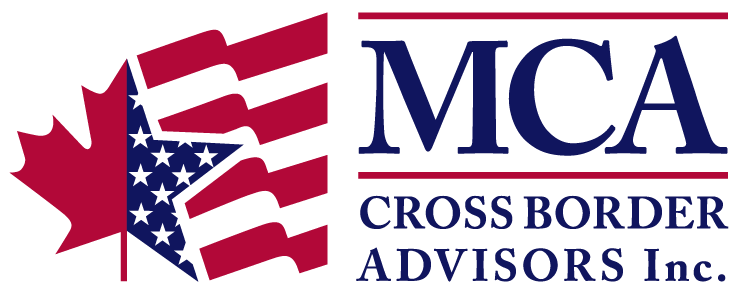A Look at US Standard and Itemized Deductions in 2018
On January 28, 2019, the Internal Revenue Service (IRS) announced that the tax season will open, and the IRS will begin accepting paper and electronic tax returns. It’s that time where taxpayers should start looking into what the implications of the 2018 tax reforms will be on
Changes to the Standard Deduction
| 2017 | 2018 | |
| Single | $6,350 | $12,000 |
| Married filing jointly (MFJ) | Up from $12,700 | $24,000 |
| Married |
Up from $6,350 | $12,000 |
| Head of household (HoH) | Up from $9,350 | $18,000 |
As the table shows above, the standard deduction has nearly doubled compared to 2017. The advantage of this increase is that it should allow taxpayers to spend less time collecting and organizing information into paper files. For many taxpayers who did itemized deductions in the past, right now would be a good time to check on whether it will be more beneficial to take the standard deduction instead. As only the taxpayer can choose whether to take standard or itemized deductions, it is important to understand the major changes to the itemized deductions in 2018 in order to make an informed decision.
Changes to Itemized Deductions
The changes to itemized deductions in 2018 are as follows:
- Limit on overall itemized deduction suspended
- Deduction for medical dental expenses modified
- Deduction for state and local income, sale, and property tax modified
- Deduction for home mortgage and home equity interest modified
- New dollar limit on
total qualified residence loan balance - Limit for charitable contribution modified
- Deduction for casualty and theft losses modified
- Miscellaneous itemized deductions suspended
Taxpayers might realize that the most commonly used itemized deductions have been changed. To assist the taxpayer who would like to make a decision on whether to change from
- If the taxpayer had to file two state income tax returns or if the taxpayer paid a significant amount of property tax in the past, it is important to know that the total deduction for state and local income tax, sales, and property tax is limited to a combined total deduction of $10,000 ($5,000 if Married Filing Separate). Any state and local taxes paid above this amount cannot be deducted. For Canadian snowbirds, it is important to know that no deduction is allowed for foreign property taxes.
- “Miscellaneous itemized deductions suspended” means the tax preparation fees, investment expenses, investment management fees, safe deposit box fees, and investment expenses from pass-through entities are not claimable as itemized deductions anymore.
Due to the significant changes to both standardized and itemized deductions, it’s a good idea to spend some time reviewing your 2018 tax information and to get an early start on crunching your numbers.
MCA Cross Border Advisors Inc. has extensive experience and expertise in transitioning accounts and portfolios between Canada and the US. With expertise in portfolio construction, manager search and selection, tax strategy, and financial planning, our team of experts can help create and structure a Canada/US cross-border optimized portfolio that remains aligned with your investment objectives and risk tolerance.

MCA Cross Border Advisors, Inc. is a registered investment adviser. Information presented is for educational purposes only and does not intend to make an offer or solicitation for the sale or purchase of any specific securities, investments, or investment strategies. Investments involve risk and, unless otherwise stated, are not guaranteed. Be sure to first consult with a qualified financial adviser and/or tax professional before implementing any strategy discussed herein. Past performance is not indicative of future performance.>
